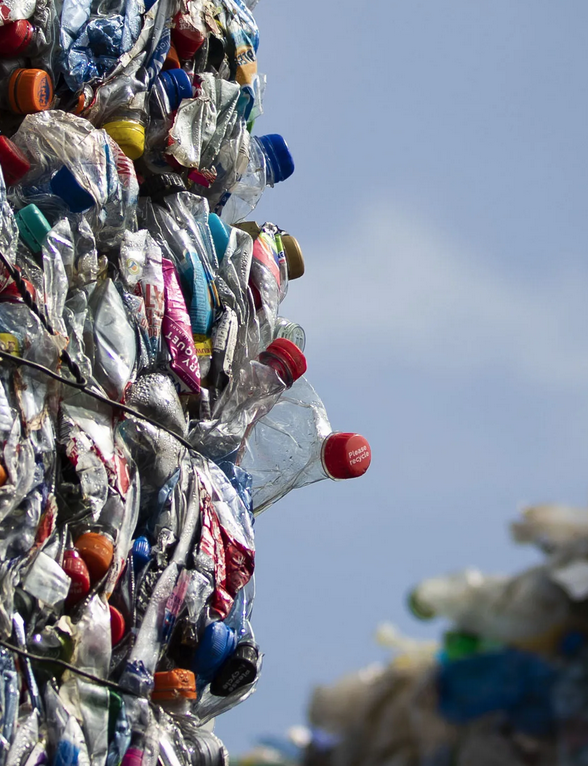
The fight to tackle plastic pollution is back in the spotlight as world leaders and industry experts meet in Nairobi to discuss the draft of the Global Plastics Treaty, written by the United Nations Environmental Assembly and the Chair of the Intergovernmental Negotiating Committee (INC), on 13-19 November. The deal is expected to carry significant implications for the fashion industry as 175 nations will sign a legally binding deal by 2025 to reduce plastic pollution.
To coincide with next week’s event, World Wide Fund for Nature (WWF), the Swiss-based non-governmental organisation, has commissioned a new report alongside global consulting firm Dalberg to understand the international impact plastic pollution has on lower-income countries. The report found that low-income countries are disproportionately affected by plastic pollution and need their voices amplified in order to create an equitable global plastic treaty agreement. Despite consuming approximately three times less plastic per capita than higher-income countries, lower-income countries incur a total lifetime plastic cost that is 10 times higher, the report argues.
While the report doesn’t focus on waste specific to the fashion industry, textile waste — much of which includes plastic — also has disproportionate impacts on lower-income countries, which don’t consume clothes at nearly the rate of their wealthier counterparts.
“Ahead of the next round of negotiations, this report underscores the need for countries to choose a path forward that is guided by science and calls for global rules and requirements to curb plastic production and consumption,” Erin Simon, vice president and head of plastic waste and business at WWF US said in a statement. “It is not economically, socially or environmentally sustainable to prioritise the production of single-use plastic products.”
Negotiations for the Global Plastics Treaty began in 2022, with an agreement expected to be finalised by the end of 2024. The treaty is meant to outline alternatives to reduce plastic pollution including looking into the lifecycle of plastics as well as the design of reusable and recyclable products and materials.
There’s a knock-on effect for the fashion industry. “What should happen coming out of this treaty process is that the world agrees to use significantly less plastic than we are currently. The fashion industry is going to need to rethink [its] business and its business model — and how it exists in a world where we use a lot less plastic and a lot less fossil fuel-based materials,” Graham Forbes, global plastics project lead for Greenpeace USA, previously told Vogue Business.
Sustainable fashion advocates argue that under current production volumes, many clothes made today are treated as single-use and disposable. Nearly two-thirds of plastic waste comes from plastics with lifetimes of under five years, with 40 per cent coming from packaging and 11 per cent from clothing and textile, according to a 2022 report published by the Organisation for Economic Co-operation and Development.
Read more – Vogue Business
